1. The Partridge Family
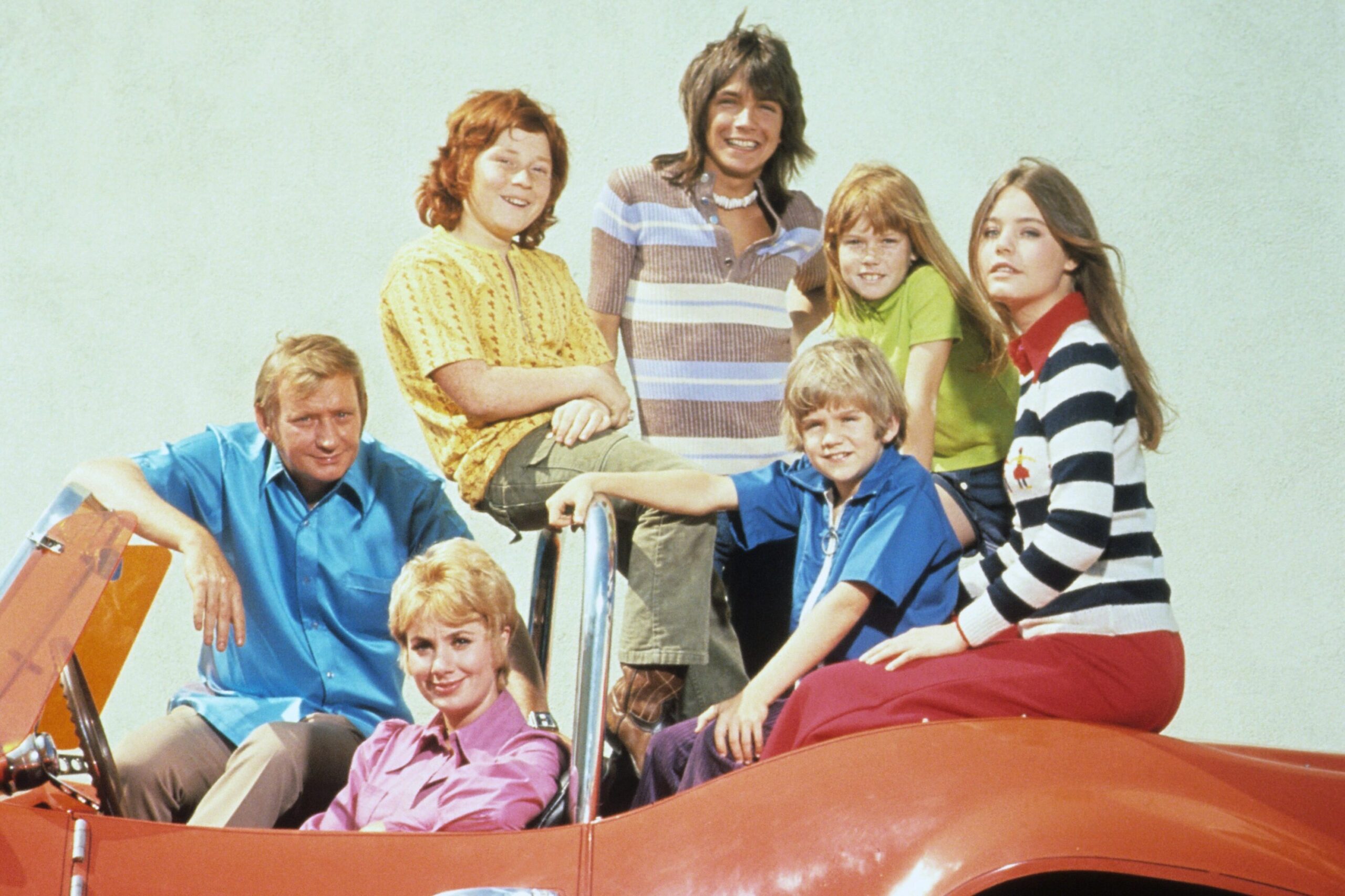
“The Partridge Family” was a wholesome show about a musical family, but off-screen, it was filled with turbulence. David Cassidy, who played Keith Partridge, became an overnight teen idol, but the fame quickly wore on him. He struggled with the pressure of living up to his heartthrob status, and at times, he even resented being cast as the perfect, all-American boy. Cassidy later revealed that the fame was overwhelming, and it caused friction with his fellow cast members shares Biography.
Another source of tension was Cassidy’s strained relationship with Shirley Jones, who played his on-screen mother. Despite their charming on-screen chemistry, there was a growing rift between the two. Cassidy felt that Jones, who was also a seasoned actress, overshadowed his talent. As the show continued, the cast’s conflicts became harder to hide, and eventually, Cassidy’s departure from the series marked the end of its golden years.
2. Happy Days
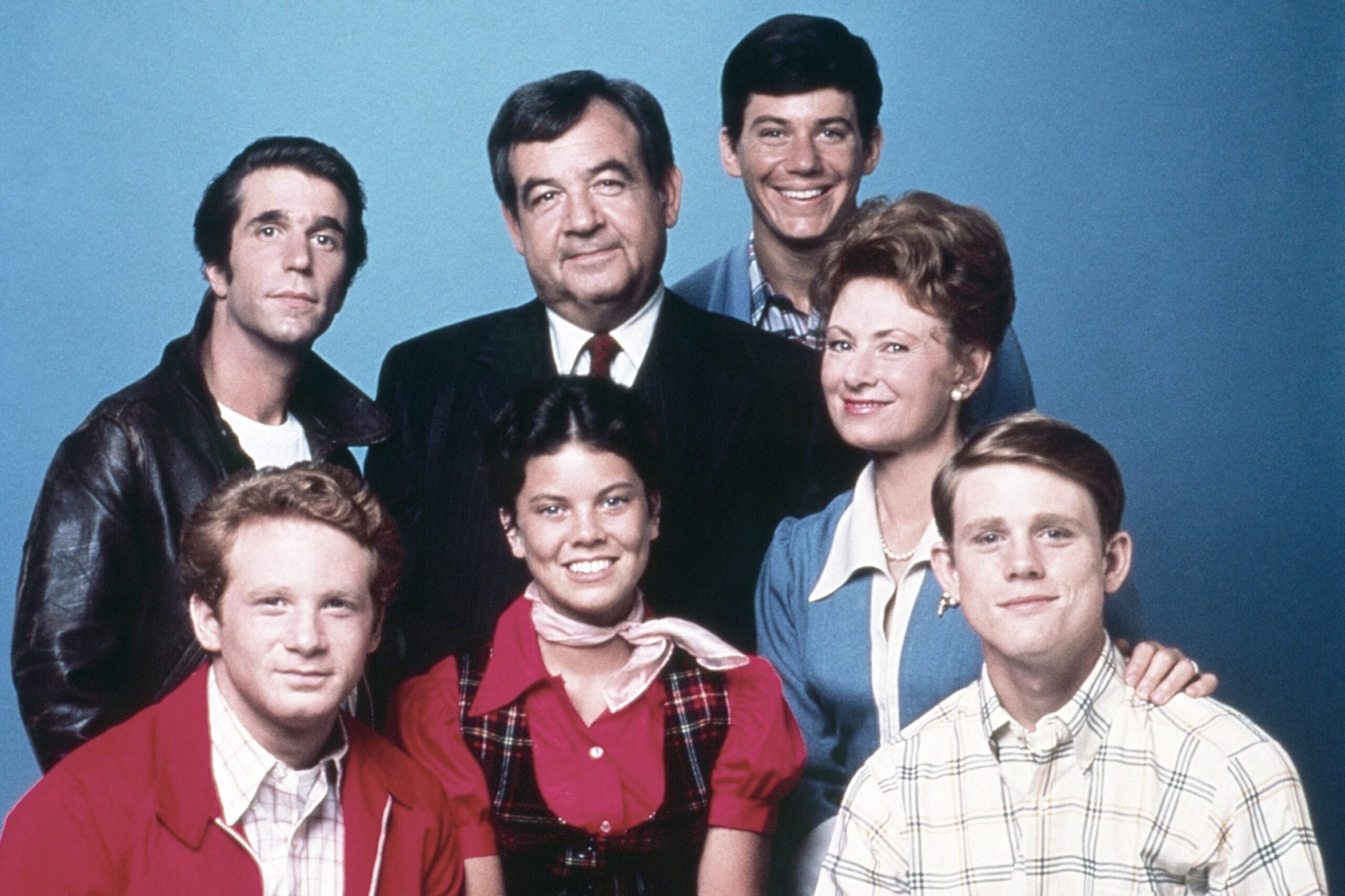
Happy Days was supposed to be a lighthearted look at life in the 1950s, but behind the scenes, it was full of drama. Henry Winkler, who portrayed the beloved Fonzie, had major disagreements with the show’s producers about how his character should be portrayed. The show’s initial focus was on Richie Cunningham, played by Ron Howard, but Fonzie quickly stole the spotlight, leading to some tension between the actors. Winkler once admitted that he had a complicated relationship with his role, often feeling like he was being pushed into a box says Collider.
Additionally, the relationships among the cast weren’t always as sweet as they appeared on-screen. Marion Ross, who played Mrs. Cunningham, had a well-known feud with some of the producers over how her character was being written. As the show progressed, the cast’s personalities clashed, and their issues became impossible to ignore. However, despite the backstage drama, Happy Days became a cultural icon, and the cast members eventually reconciled, if only for the cameras.
3. The Brady Bunch
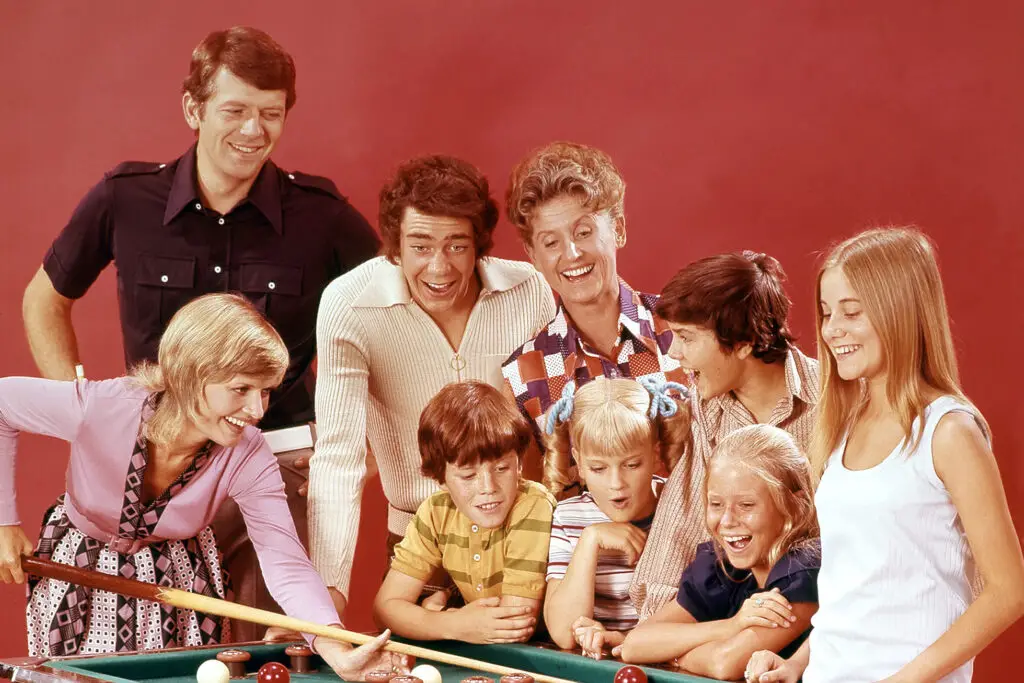
“The Brady Bunch” was about a blended family, but in real life, the cast had its own set of challenges. The most notable was the tension between the two family matriarchs, Florence Henderson and Robert Reed, who played Carol and Mike Brady. While they had a friendly working relationship at first, Reed felt that his role was too limited, especially since the show largely focused on Henderson’s character. Reed wanted his character to be more serious and mature, but the producers had a different vision for the show shares Woman’s World.
Adding to the drama was the fact that many of the young cast members, including Maureen McCormick (Marcia) and Barry Williams (Greg), had their own backstage squabbles. McCormick later revealed that she had a crush on Williams, but he didn’t feel the same, leading to an awkward dynamic. The behind-the-scenes tension even spilled into some of the later Brady reunions, where the cast struggled to find common ground. Despite all the drama, the show became a staple in American television.
4. Little House on the Prairie
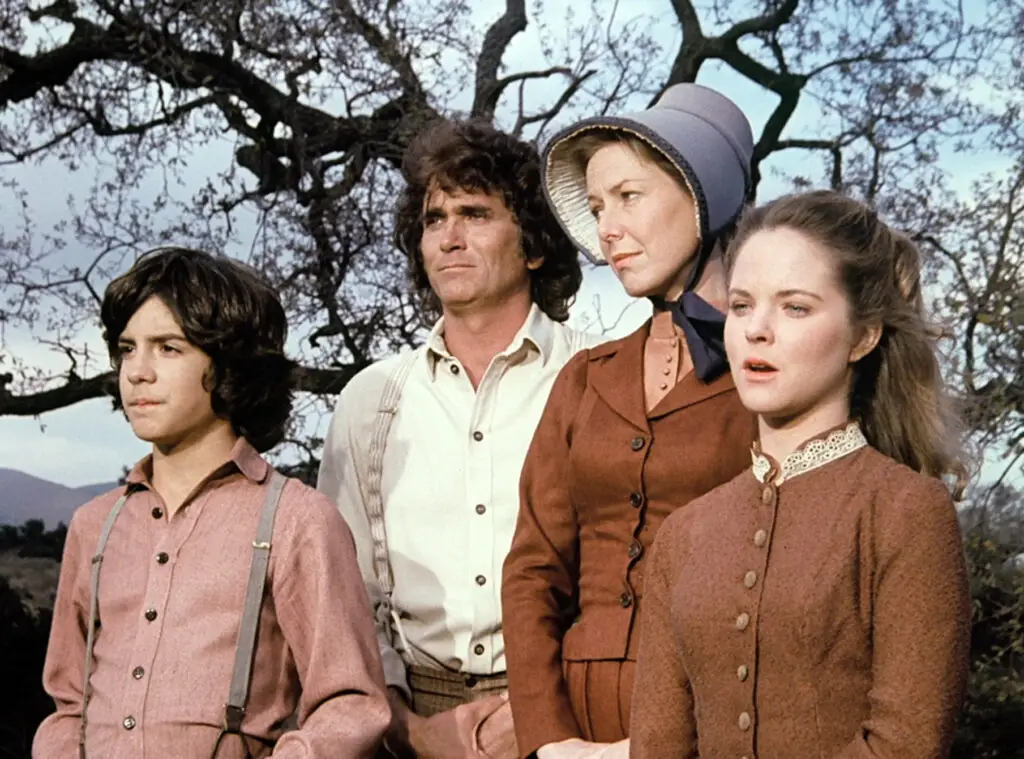
The cast of Little House on the Prairie was known for their wholesome performances, but there were several on-set dramas. Michael Landon, who played Charles Ingalls, was known for his intense personality and strong opinions about how the show should be run. His demand for perfection sometimes led to conflicts with other cast members, especially with the younger actors. Melissa Gilbert, who played Laura, revealed in her memoir that Landon could be difficult to work with, even though they shared a mutual respect for each other’s talent.
At the same time, the relationship between Landon and co-star Karen Grassle, who played Caroline, was strained due to creative differences. Grassle claimed that Landon had more control over the show than anyone, and she sometimes felt like she was being overshadowed. The two eventually grew apart, and Grassle even left the show for a time. Despite the tensions, Little House on the Prairie remains one of the most beloved family dramas of the ’70s and ’80s.
5. Diff’rent Strokes
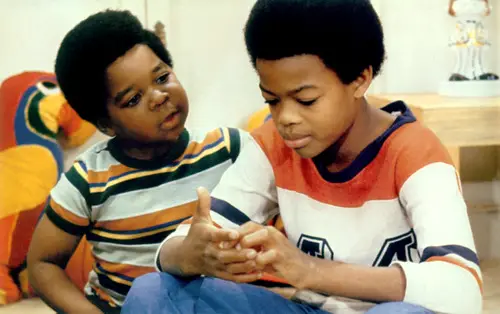
Behind the scenes of Diff’rent Strokes, things were far from easy, despite its upbeat portrayal of family life. Gary Coleman, who played Arnold Jackson, became one of the most recognizable child stars of the ’70s, but his fame came with its challenges. Coleman often clashed with the show’s producers over how his character was being written, and his tumultuous relationship with co-star Todd Bridges (Willis) was well-documented. The two young stars had a volatile friendship, with Bridges later admitting that their constant conflicts were difficult to navigate.
The drama escalated as the years went on. Charlotte Rae, who played the lovable housekeeper Mrs. Garrett, had her own struggles with the cast, and the constant revolving door of guest stars did nothing to stabilize the situation. Despite these behind-the-scenes issues, Diff’rent Strokes was a hit and tackled social issues that were often controversial for its time. The fame and turmoil were hard to balance, but the show ultimately left an impact.
6. The Dukes of Hazzard

“The Dukes of Hazzard” was packed with high-speed car chases and Southern charm, but the on-set environment was far more intense. Tom Wopat and John Schneider, who played Bo and Luke Duke, had a rocky relationship with the show’s producers. In the late ’70s, the two stars fought for higher salaries and more control over the direction of their characters. Their demands led to a temporary departure from the show, leaving the producers scrambling to fill the gap.
Meanwhile, Catherine Bach, who played Daisy Duke, was also involved in her own disputes. She found herself at odds with the producers over her character’s portrayal and the show’s more risqué storylines. While the drama between the cast and producers was heated, the show managed to maintain its popularity, with the iconic car chases and memorable catchphrases keeping fans entertained.
7. The Facts of Life

The Facts of Life became famous for its diverse cast of girls learning life’s lessons, but there was drama brewing backstage. Charlotte Rae, who played the housemother Mrs. Garrett, often had to mediate between the young stars, including Lisa Whelchel (Blair) and Nancy McKeon (Jo). Whelchel and McKeon had an intense rivalry that stemmed from their differing personalities. Whelchel was the “good girl” of the show, while McKeon was the tough one, and their disagreements were well-known among the cast.
Additionally, Kim Fields, who played Tootie, later revealed that she and the cast had significant differences with the producers about how their characters were being written. The tension reached a boiling point when the show began to shift its focus to the younger girls, sidelining the older characters. Despite the behind-the-scenes drama, the show continued to run for nine seasons and became a beloved piece of ’80s pop culture.
8. Three’s Company
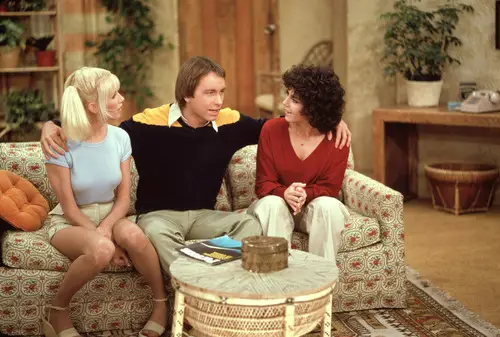
Three’s Company was known for its risqué humor and awkward situations, but there was serious drama going on behind the scenes. The biggest conflict came when Suzanne Somers, who played Chrissy Snow, asked for a salary increase that would make her the highest-paid woman on television at the time. When the producers refused, Somers was written out of the show, which led to a huge public fallout. Her departure marked a significant shift in the show’s dynamics, as the character of Chrissy was replaced by two different characters over time.
John Ritter, who starred as Jack Tripper, also had his share of drama. While he was beloved by fans, Ritter didn’t always get along with his co-stars, particularly Joyce DeWitt, who played Janet. Their tension came to a head during certain scenes, where their chemistry felt forced. Despite all the backstage issues, Three’s Company remained a massive success, and its outrageous situations became part of television history.
9. The Love Boat

Behind the scenes of The Love Boat, the ship’s crew wasn’t always as perfect as it seemed. The show had a rotating cast of guest stars, and while everyone seemed to get along on screen, there were many on-set conflicts. The show’s two stars, Gavin MacLeod and Bernie Kopell, frequently clashed over the direction of the series and their characters’ roles. MacLeod was known for being a perfectionist, which led to frustration among the cast.
At the same time, the personal lives of the actors often spilled into their performances. Julie McCoy, played by Lauren Tewes, struggled with her own addiction issues, which caused her to miss several episodes. The show’s producers were forced to navigate her absence, and Tewes later admitted that her personal battles put a strain on her professional life. Despite the turbulence behind the scenes, The Love Boat remained a favorite for viewers.
10. One Day at a Time
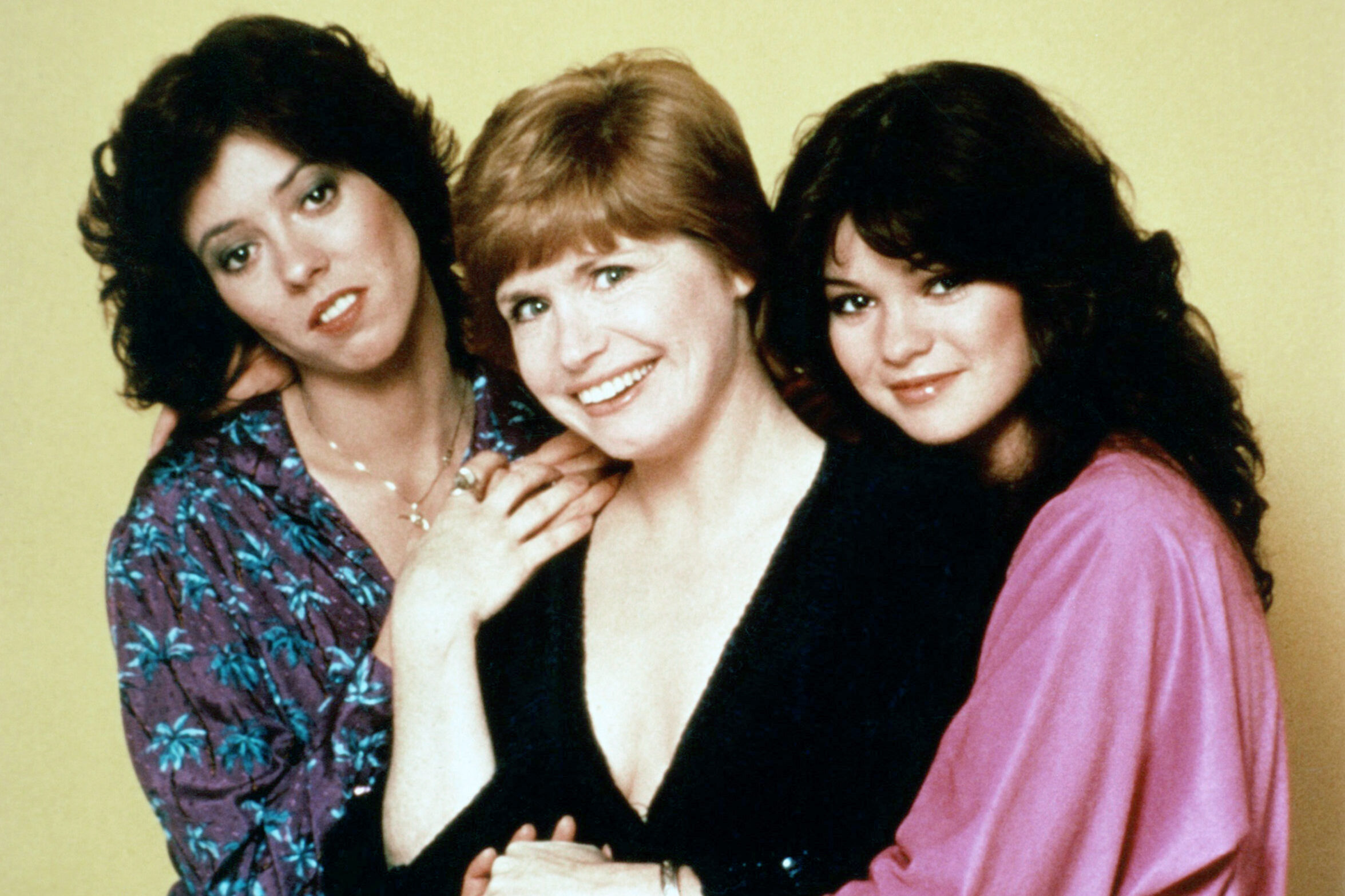
One Day at a Time was a heartwarming sitcom about a single mother and her two daughters, but it wasn’t all smiles behind the scenes. Bonnie Franklin, who played the mother, Ann Romano, had significant creative differences with the show’s writers. She wanted more depth in her character, while the producers were focused on keeping the show lighthearted and funny. This tension led to some heated exchanges during filming, but Franklin stuck with the role for nearly a decade.
The real drama, however, was between Valerie Bertinelli (Barbara) and Mackenzie Phillips (Julie). Phillips’ struggles with drug addiction created constant tension on set. While Bertinelli later described their friendship as close, there were many moments of unease. Phillips’ battles with addiction became public, and this only added to the challenges of working on the show. Despite the drama, One Day at a Time continued to be a major success.
11. Mork & Mindy
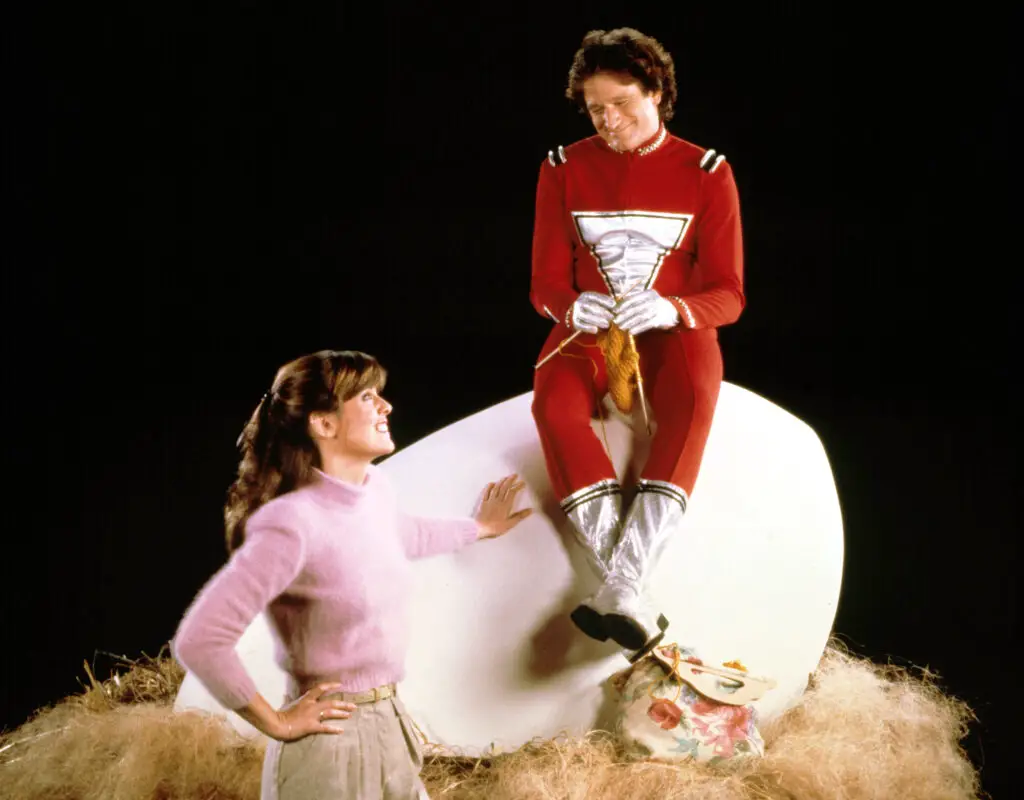
Mork & Mindy was a quirky comedy that starred Robin Williams as Mork, an alien learning about Earth. Behind the scenes, however, the cast was dealing with some heavy drama. Williams’ explosive comedy style often clashed with the producers, who weren’t always on the same page about the direction of his character. Williams was known for improvising on set, which made it difficult for others to keep up with his unpredictable energy.
Pam Dawber, who played Mindy, had a challenging time navigating her role as the straight woman to Williams’ antics. Despite their on-screen chemistry, the two had moments of tension during filming. Dawber later revealed that while Williams was an incredible talent, working with him could be exhausting. Nevertheless, the show became iconic thanks to Williams’ unique comedic abilities, and it’s remembered as a defining ’70s sitcom.
12. Charlie’s Angels
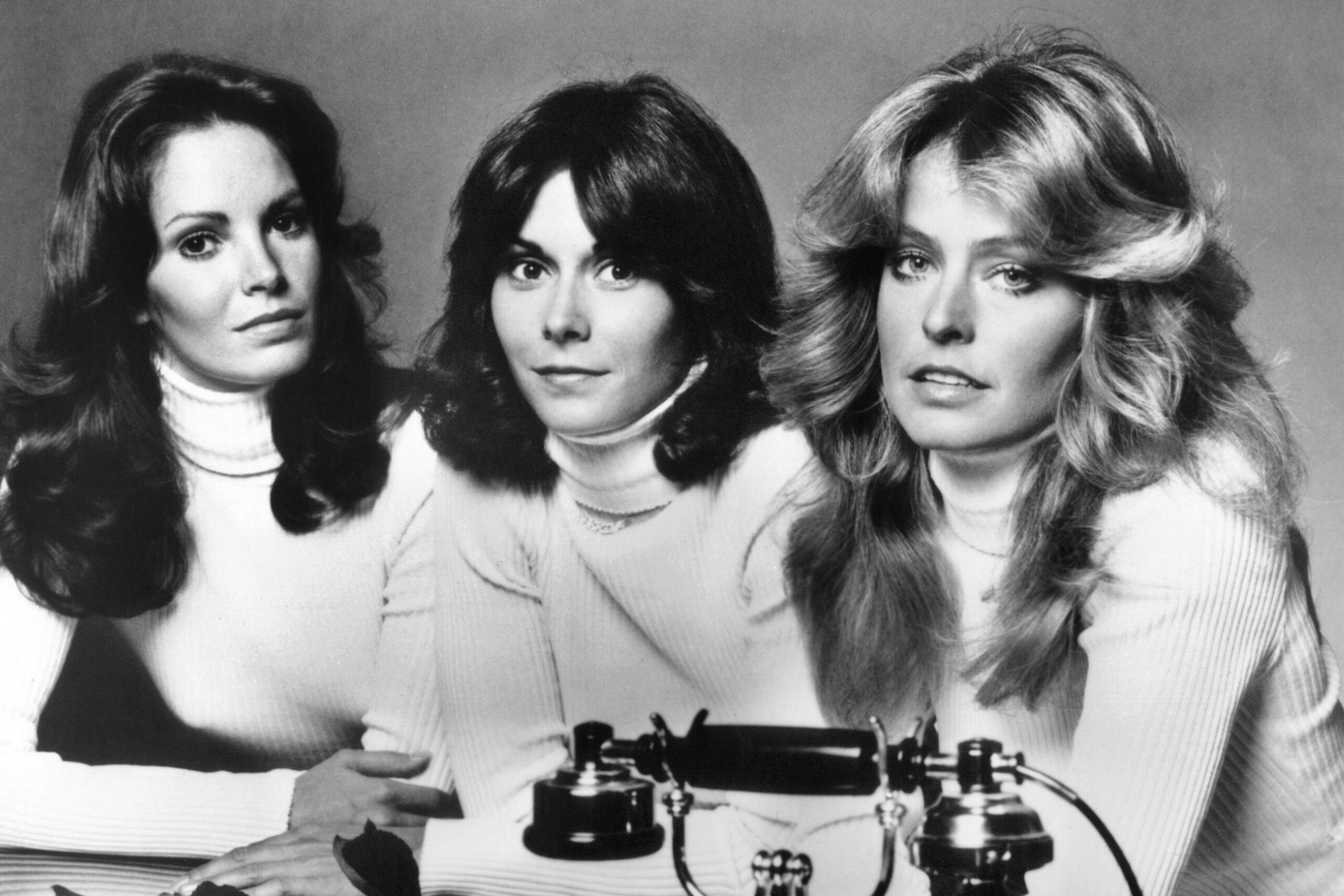
Charlie’s Angels was packed with glamour, action, and drama both on-screen and off. Farrah Fawcett, who starred as Jill Munroe, had a turbulent time working on the show. Fawcett’s departure after just one season was a huge blow, as she was the breakout star. However, Fawcett had different priorities, and the pressure of fame was taking a toll on her.
The show also saw some friction between Jaclyn Smith and Kate Jackson, who played Kelly and Sabrina, respectively. The two stars had very different approaches to acting, which sometimes caused tension. Jackson even left the show after three seasons, citing exhaustion and dissatisfaction with the direction of the series. Despite the backstage drama, Charlie’s Angels became a defining show of the ’70s and ’80s, beloved for its action-packed storylines and the iconic Angels themselves.
